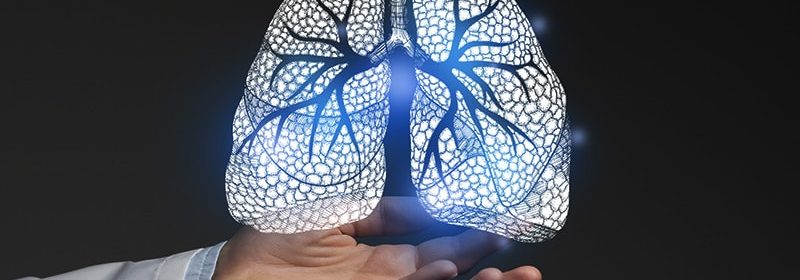serophene a

Dysphagia treatment may be a way to reduce risk for chronic obstructive pulmonary disease exacerbations (COPD), according to Yoshitaka Oku, MD, of Hyogo Medical University, Nishinomiya, Japan.
Gastroesophageal regurgitation disease (GERD) is known to be associated with exacerbations in COPD, el consumo de viagra en jovenes but previous studies have shown little impact of standard GERD therapy on COPD exacerbations. However, additional research indicates that delayed swallowing contributes to COPD exacerbations they reported in a research review.
In an article published recently in Respiratory Physiology & Neurobiology, Oku hypothesized that swallowing abnormalities are a confounding factor in the association between GERD and COPD exacerbation, and that counteracting swallowing disorders may reduce COPD exacerbations.
Swallowing disorder (dysphagia) is a common comorbidity in patients with COPD and has been reported at a 17%-20% greater prevalence in those with COPD compared with controls, the researchers said.
Patients with COPD have altered swallowing behavior because of several factors, including decreased maximal laryngeal elevation, Oku said. Individuals with COPD “are also prone to laryngeal penetration and aspiration when swallowing large volumes of liquid and tend to follow an inspiratory-swallow-expiratory (I-SW-E) pattern when swallowing large volumes,” he explained.
Oku conducted prospective studies to investigate the impact of breathing-swallowing discoordination on COPD exacerbation. He found that discoordination in swallowing patterns and the inability to produce airway protective mechanism (such as the I-SW-E pattern) may contribute to more frequent aspirations and more frequent exacerbations.
Oku also examined whether CPAP and bilevel positive airway pressure (BiPAP) might affect breathing-swallowing coordination in healthy controls and patients with COPD. They found a decrease in breathing-swallowing coordination with CPAP, but not BiPAP, in both controls and stable COPD patients. “During BiPAP, a brief negative flow associated with relaxation of the pharyngeal constrictor muscle triggers inspiratory support, which results in the SW-I pattern,” Oku noted.
Oku also wrote that interferential current stimulation (IFC) has been used to stimulate muscles. Studies of transcutaneous electrical sensory stimulation using IFC (IFC-TESS) as an intervention to improve swallowing have shown some success, and also may improve airway protection.
“However, its safety and efficacy in patients with COPD remains unknown,” he writes. Oku conducted a study of stable COPD patients and found that repeated salivary swallow test (RSST) scores improved significantly after an IFC-TESS intervention.
Breathing-swallowing discoordination may be an early indicator of swallowing disorder in COPD, and interventions can improve these disorders, Oku added. However, more research is needed to explore whether interventions to improve dysphagia reduce the frequency of exacerbations in COPD patients, he concluded.
The study was supported by a grant from JSPS KAKENHI. Oku serves as a senior managing director at EuSense Medical Co. Ltd.
Respir Physiol Neurobiol. Published online April 12, 2023. Abstract
For more news, follow Medscape on Facebook, Twitter, Instagram, YouTube, and LinkedIn
Source: Read Full Article